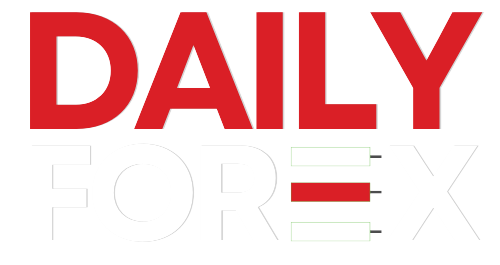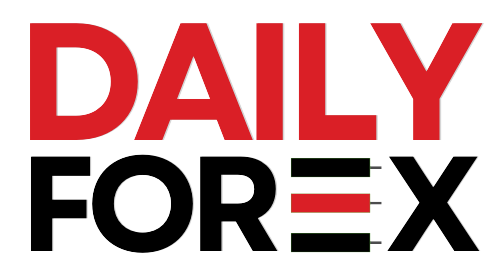Key Highlights:
- US-Japan trade talks resume with hopes for a deal before the August 1 tariff deadline.
- A resolution could revive BoJ rate hike bets and strengthen the Japanese Yen.
- AUD/USD could gain if China introduces new economic stimulus or unexpectedly cuts LPR rates.
USD/JPY Forecast: All Eyes on US-Japan Trade Developments and Fed Commentary
Trade negotiations between the United States and Japan have re-entered the spotlight, potentially impacting the USD/JPY exchange rate. As the August 1 deadline for a 25% US tariff looms, Japanese negotiators are actively pushing for a deal to avoid economic fallout.
US Treasury Secretary Scott Bessent reiterated the importance of a fair agreement, saying, “A good deal is more important than a rushed one.” Meanwhile, Japan’s top negotiator, Ryosei Akazawa, is set to return to Washington this week to advance discussions.
Japan’s exports declined 0.5% YoY in June, with automobile and steel exports plunging 27% and 29%, respectively. Analysts warn that failure to reach a deal could worsen recession risks, especially after Japan’s economy shrank 0.7% in Q1 2025.
However, a successful trade deal could lift market sentiment and revive expectations for a Bank of Japan (BoJ) rate hike, offering support to the Yen.
Political Uncertainty Could Pressure the Yen
Japan’s recent upper house election results added political risk to the outlook. Exit polls indicate the ruling coalition may lose its majority, potentially creating instability that could weigh on JPY.
USD/JPY Technical Levels to Watch
- Bullish Case: Escalating US-Japan trade tensions or dovish BoJ tone could push USD/JPY toward 149.358 and possibly 150.00.
- Bearish Case: A trade deal, hawkish BoJ remarks, or dovish Fed signals could send USD/JPY lower toward the 200-day EMA and the 147.50 support zone.
AUD/USD Forecast: China’s Economic Policy Will Steer the Aussie
The AUD/USD pair is likely to be influenced by the upcoming decision from the People’s Bank of China (PBoC) on its benchmark loan prime rates (LPR). While markets expect the rates to remain unchanged at 3% (1-year) and 3.5% (5-year), any surprise cut could drive fresh demand for the Aussie.
With China accounting for about one-third of Australia’s exports, any fiscal or monetary stimulus from Beijing would help support Australian economic growth.
However, if China opts for a wait-and-see approach and US tariffs weigh on exports in the second half of 2025, AUD could come under pressure.
Natixis economist Alicia Garcia Herrero noted:
“The second half could see worsening export data and declining sentiment. Beijing needs to act with more stimulus, even if it’s not a ‘big bang’ package.”
RBA Governor Cites China’s Role in Aussie Stability
RBA Governor Michele Bullock added that potential Chinese stimulus could help offset the negative impact of tariffs on Australia’s economy, indirectly supporting the Aussie.
AUD/USD Technical Levels to Watch
- Bearish Case: US-China tensions, RBA dovish signals, or a lack of Chinese stimulus could drag AUD/USD below the 50-day EMA, opening the path to the 200-day EMA.
- Bullish Case: A US-China trade breakthrough or fresh Chinese stimulus could drive the pair toward 0.6550, and possibly 0.6600.
Fed Commentary and Interest Rate Differentials in Focus
Later today, Fed commentary will influence both USD/JPY and AUD/USD, particularly regarding rate cuts and inflation risks from tariffs. Hawkish Fed signals could support the dollar and weigh on the Aussie, while dovish rhetoric may lead to gains in AUD/USD and downside in USD/JPY.
Bottom Line:
Both the Yen and the Aussie are poised for volatility driven by international trade developments and central bank cues. While USD/JPY hinges on the US-Japan trade outcome and Fed guidance, AUD/USD depends largely on Beijing’s next policy move.
Stay Updated with Daily Forex Pakistan.




